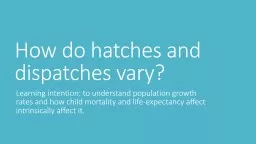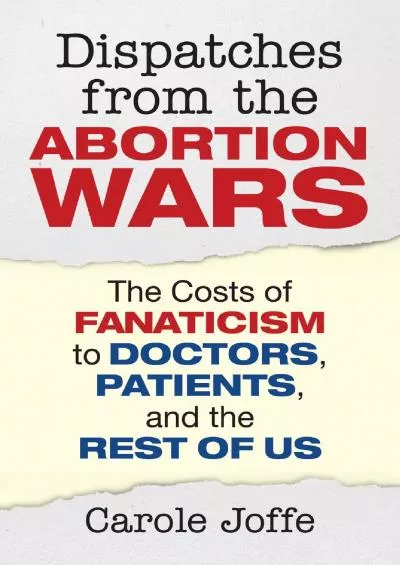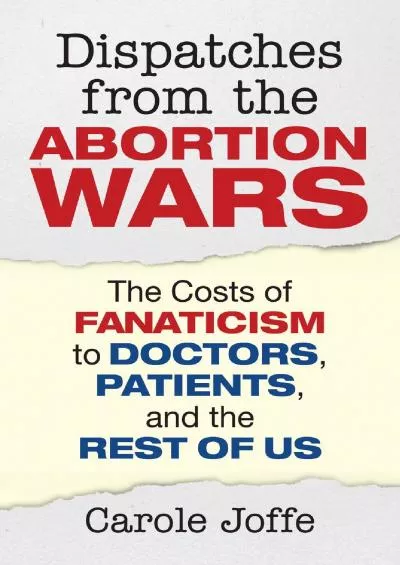PPT-How do hatches and dispatches vary?
Author : pamella-moone | Published Date : 2017-05-01
Learning intention to understand population growth rates and how child mortality and lifeexpectancy affect intrinsically affect it Who lives the longest Life expectancy
Presentation Embed Code
Download Presentation
Download Presentation The PPT/PDF document "How do hatches and dispatches vary?" is the property of its rightful owner. Permission is granted to download and print the materials on this website for personal, non-commercial use only, and to display it on your personal computer provided you do not modify the materials and that you retain all copyright notices contained in the materials. By downloading content from our website, you accept the terms of this agreement.
How do hatches and dispatches vary?: Transcript
Download Rules Of Document
"How do hatches and dispatches vary?"The content belongs to its owner. You may download and print it for personal use, without modification, and keep all copyright notices. By downloading, you agree to these terms.
Related Documents








![[EBOOK] - You and I Eat the Same: On the Countless Ways Food and Cooking Connect Us to](https://thumbs.docslides.com/888761/ebook-you-and-i-eat-the-same-on-the-countless-ways-food-and-cooking-connect-us-to-one-another-mad-dispatches-volume-1.jpg)


![[DOWNLOAD]-Dispatches from Pluto: Lost and Found in the Mississippi Delta](https://thumbs.docslides.com/958316/download-dispatches-from-pluto-lost-and-found-in-the-mississippi-delta.jpg)

![[READ DOWNLOAD] Dispatches from the Abortion Wars: The Costs of Fanaticism to Doctors,](https://thumbs.docslides.com/1017280/read-download-dispatches-from-the-abortion-wars-the-costs-of-fanaticism-to-doctors.jpg)
